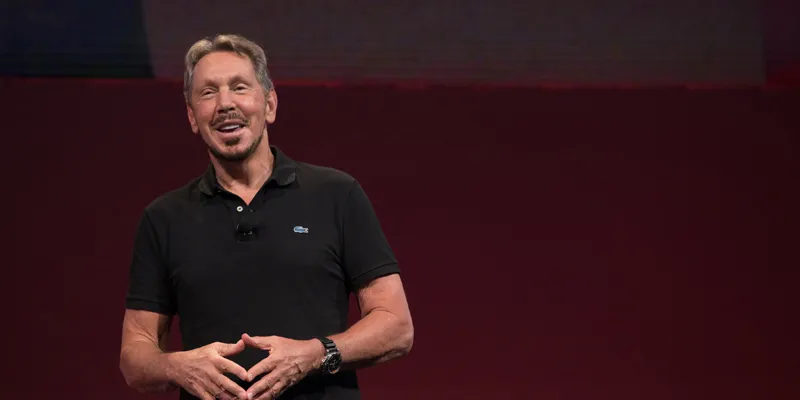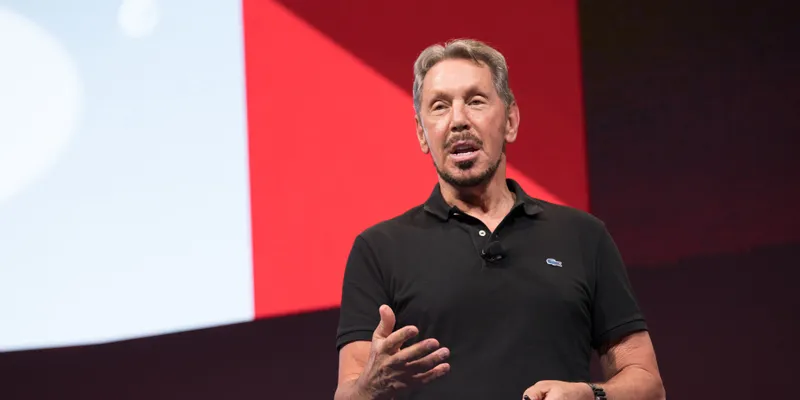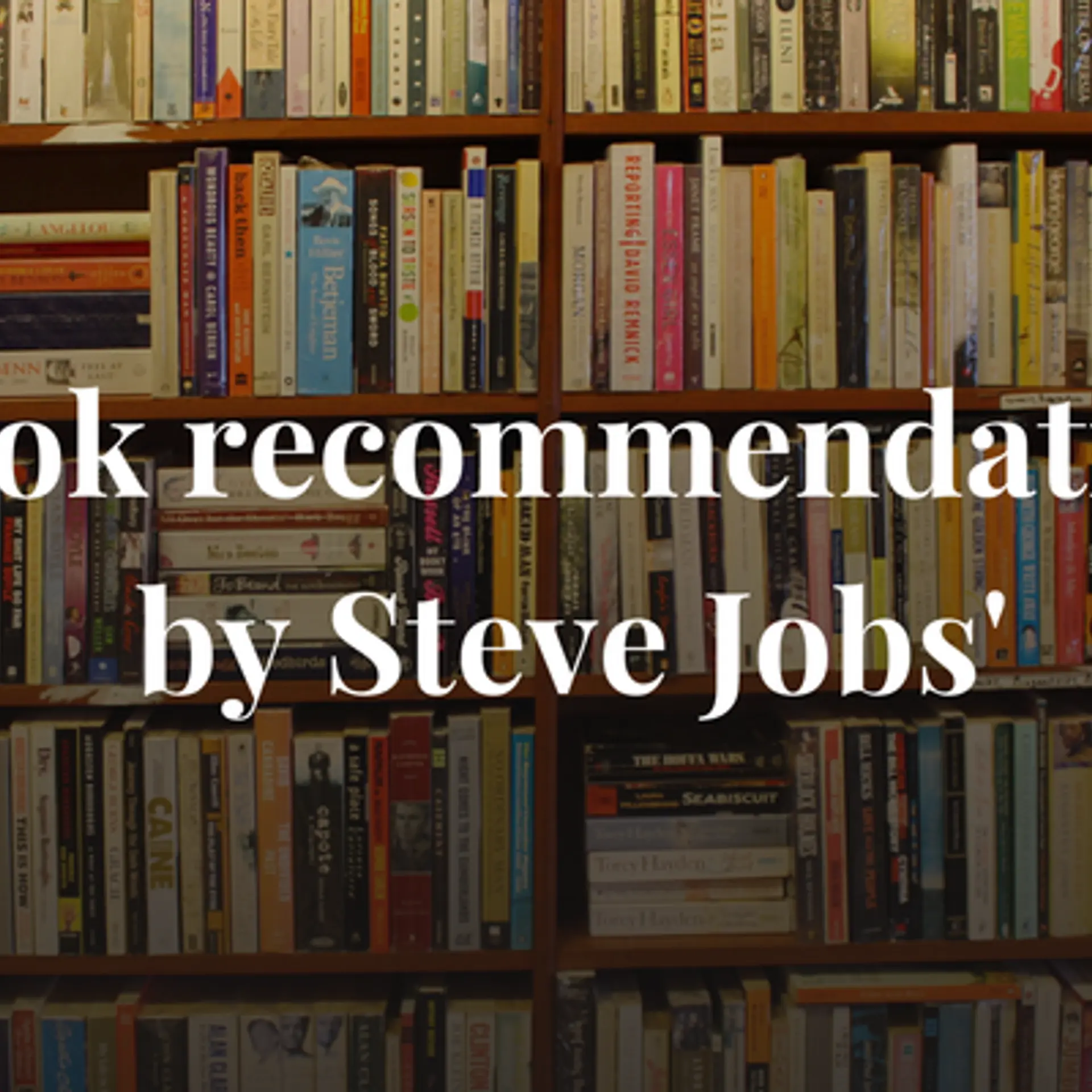The Oracle autonomous database: how Larry Ellison plans to stay on top of the software food chain
Promising to halve the costs by half for Amazon cloud users with Oracle’s self-driving cloud option, Larry Ellison may have just set the ball rolling on a revolutionary step in software progression.
If only people knew that Larry Ellison, Co-founder and Executive Chairman of Oracle Corporation, was introducing an autonomous, self-learning database warehouse cloud that needs no human intervention to manage events and security, they would have been more prepared for the tectonic shift happening in the world thanks to software. Ellison took a dig at Amazon’s cloud configuration and said that the databases were managed manually, which, according to him, will not be able to handle data theft autonomously, and proves to be expensive in every workload analysis.

Oracle claims Amazon Redshift costs nine or 15 times more and that the autonomous cloud can bring costs down for any enterprise. He made a passionate debate for all enterprises on the cloud to move from Amazon’s 8CPU to 16CPU database of Oracle’s for cost-saving and efficiency.
But before he took on Amazon, and their cloud, the red screens at the Moscone Centre at downtown San Francisco captured Oracle's achievements in the era of cloud.
Indeed Oracle is not yet number one in the cloud; Amazon, Google and Microsoft dominate every section of the cloud business such as Software as a Service (SaaS), Platform as a Service (PaaS) and Infrastructure as a Service (IaaS). But, with the autonomous database and aggressive pricing (see photo), Oracle can dominate the cloud database market in the coming years.
The event was peppered with nuggets of the company’s achievements, such as Oracle cloud being 70 percent more efficient than legacy data centres, 74,000 field agents of AT&T using the Oracle cloud on the go and rideshare company Lyft using Oracle HCM to manage talent, even as people waited for Ellison, the star of the evening to announce something groundbreaking. And the man lived up to his promise.
Why data needs to be protected
With the narrative shifting to machine learning (ML) and artificial intelligence (AI) from legacy hardware and software, Ellison had a lot to say about the chaos of our times and why data needs to be protected.

“Cyber warfare is here. It is our computers versus theirs; only autonomous databases are the ones that will detect infiltrators in the system, which humans cannot do,” Ellison quipped.
The dark web and state actors can do anything with data and Ellison wishes to take them all on.
The Oracle cybersecurity system identifies a threat and it combats the threat. “The database system will immediately patch itself and not wait for a human being to schedule downtime,” Ellison said, adding that this a critical benefit with an autonomous database system.
“AI has not lived up to its promise. There is machine learning, which really is the first branch of AI,” he explained.
Adding that machine learning is dramatic and revolutionary by the charisma of the applications that they enable, Ellison said, “The car drives by itself today, autonomous is very different from automated, remember that.”.
According to Ellison, ML is easy to understand because it is based on computers looking at lots of data and finding normal and abnormal patterns from that piece of data.
Today, every digital data gets logged and only the computer can take the log data and unify it to understand normal and abnormal patterns. Computers are being trained to recognise these anomalies and learn fast. Remember, Target got hit with credit card data theft from their database and, similarly, Chrysler cars were hacked. The computers failed to determine anomalies that stole the data. In these cases, by the time humans realised the DOS attacks the losses ran into billions, and the companies would not come out in the public about the total loss.
About 99.995 percent availability time is important and downtime will not happen with the new Oracle’s autonomous database, Ellison assured. “There is no fine print here and we will ensure that the autonomous database runs itself and tunes itself. It is elastic in using computer resources; it allocates compute capacity for important queries,” he explained.
“Take an Oracle workload and run it on Amazon and the price will be halved,” Ellison said, adding that the autonomous database will also be more reliable in terms of availability. The first one will be launched in December this year.
Winds of change
With this move to harnessing autonomous cloud to protect data, startups and companies would, without doubt, want to lap up the technology. This system will also change the way IT services companies function, their entire setup and the monitoring business of infrastructure will also be hit. Companies like TCS and Wipro could be the worst hit in this case as more than 75 percent of their revenues come from infra management and ADM business. In an infra management business, around 40 software engineers would be assigned to managing a project. With this self-learning system humans would not need to be put in place to increase database capacity or computer or storage allocation. They may only be needed to install the database. But, with the Oracle autonomous database resource elasticity and no downtime will become commonplace. However. Ellison promises that DB professionals need not worry of loss of jobs because they can work on schema of DBs and using ML to secure data.
“People are getting better at stealing data and we have to get better at protecting it,” Ellison warned.
The first quarter earnings of 1Q18 cloud SaaS revenue of Oracle’s were $1.1 billion, up 61 percent from last year. Cloud PaaS and IaaS revenue for the quarter were $403 million, up 28 percent from last year. The gross margin for SaaS in the quarter was 67 percent; up from 59 percent last Q1. Oracle has 4,30,000 customers worldwide and some of its partners spoke about digital transformation with the cloud.
Cloud-first business in an era of data
Doug Fisher, SVP General Manager Software and Services Group, at Intel said the world was going through a major transformation. “The catalyst for this transformation is data generated by the digital world. Data is not a finite resource and is impacting how we live, and it is massive,” he said, adding that innovation is happening in the cloud and business transformation is key today in a digital world.
“All industries are using ML to investigate what is going on with data. One must watch out for blockchain and the technology is going to change how economic transactions happen,” he said.
Services companies like Infosys, TCS and Wipro are using data to deliver better value for large corporations. It is indeed an era of data. Things like an autonomous car can generate 4,000 GB of data per day, and that needs crunching, which is a business opportunity by itself. Think about what it can do to people because there will be 250 million hours of idle time thanks to autonomous cars.
Even the sports industry is using the cloud and data. João Cerqueira, big data architect at Perform, said sports is also changing thanks to real-time analytics. “Accurate data can help you select the best players and create the best plays. It can also analyse fitness and save on costs,” he added. Video, sensors and historic data tells a sports company about the evolution of the player. This is part of business and technology transformation. Seventy Abopercent of the data in the world will be mobile and video. In each second one million one-minute videos will be uploaded. Questions on latency would be something that organisations would want to address.
“We have thousands of databases that need to be scaled and we have to move from legacy. We are signing an agreement with Oracle for network virtualisation,” said Melissa Arnoldi, SVP, AT&T Technology and Operations, adding that their customers needed the best services, and now with 5G services there has to be scalability of the network through virtualisation.
If one looks at the AT&T network the data generated has increased by 2,50,000 percent, by volume, in the network over a decade. AT&T wants to virtualise the network and is working on software-defined networks, where virtual machines and their software decide how to move data without having to add new servers to manage the network. Fifty-five percent of the AT&T network will be virtualised by 2018, and by 2020 75 percent of the network will become a virtualised network.
There is cold data, warm data and hot data in this world. Hot data being data that needs to be accessed immediately, like the autonomous vehicle. Cold data would be data being stored without any value and could be historical data. So while the world figures out the narrative of the new oil there will be 44 zettabytes generated by 2020, with 20 billion connected devices as predicted by Gartner. But one cannot emphasise enough on how everyone will follow that which makes people consumers faster. Maybe we are truly dependent on the device and finally the cloud-led ML era will open the world of AI by 2035, when machines know us better than us.







